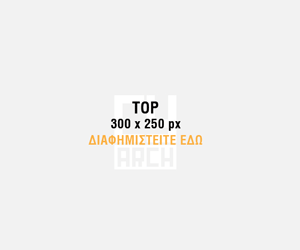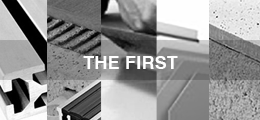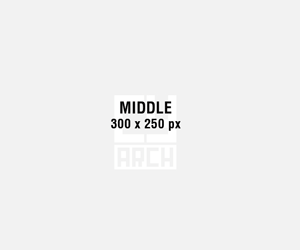University of Nicosia Students Receive 1st Prize in the International Fabrication Festival
FABFEST London
GET HIGH WITHOUT DRUGS
Unic [ARC] Design Team: Nicos Agapiou, Anna Athanasiou, Valentinos Charalambides, Christina Christoforou, Konstantinos Karagiannis, Dionisis Voniatis and Katerina Tzanoudaki (Volunteer)
Mentors: Michail Georgiou and Odysseas Georgiou
The International Fabrication Festival is a week-long celebration of design and making, featuring over 50 pavilions built by architecture teams from industry and academia across the UK and around the world. Teams had three months to develop, test and fabricate their designs, before assembling and installing their pavilion in Ambika P3, Westminster’s Central London exhibition venue.
The University of Nicosia was represented by a team of 6 fourth-year students, one volunteer and their mentors from [ARC] Department of Architecture. The team received the First Prize in the Fabrication Category with the winning proposal titled ‘GET HIGH WITHOUT DRUGS’. The concept of the Pavillion revolved around the question of How can design help escape everydayness while raising awareness on a pressing social issue?
The vaulted pavilion was geometrically based on a Zome; a structure emerging from the combination of a dome and zonohedron. The initial Zome was adapted and evolved by combining its triangular faces into hexagonal surfaces towards producing the desired outcome. The 72 hexagonal surfaces were further developed into load-bearing modules that could be digitally fabricated out of flat sheets and then folded in place. The modules were fabricated using corrugated cardboard and were coated with a shiny reflective film on their interior side. Once produced, all parts were assembled in a puzzle-like routine to form the pavilion. During the process, the team had to comply and account for a number of design and fabrication parameters such as components weight, components size, assembly methodology and assembly time.
On exhibition, the parametric installation challenged the visitors’ perception, calling them to explore the qualities of an interior space reflecting the activities of the surroundings. The component-based kaleidoscopic structure triggered the sense of disorientation and produced visual illusions through self-reflections and twisted snapshots of the exterior. Visitors engaged the installation and shared colorful experiences through distorted shapes and forms. The ever-changing exterior and interior ensured unique and unrepeatable scenery for the sightseer.








